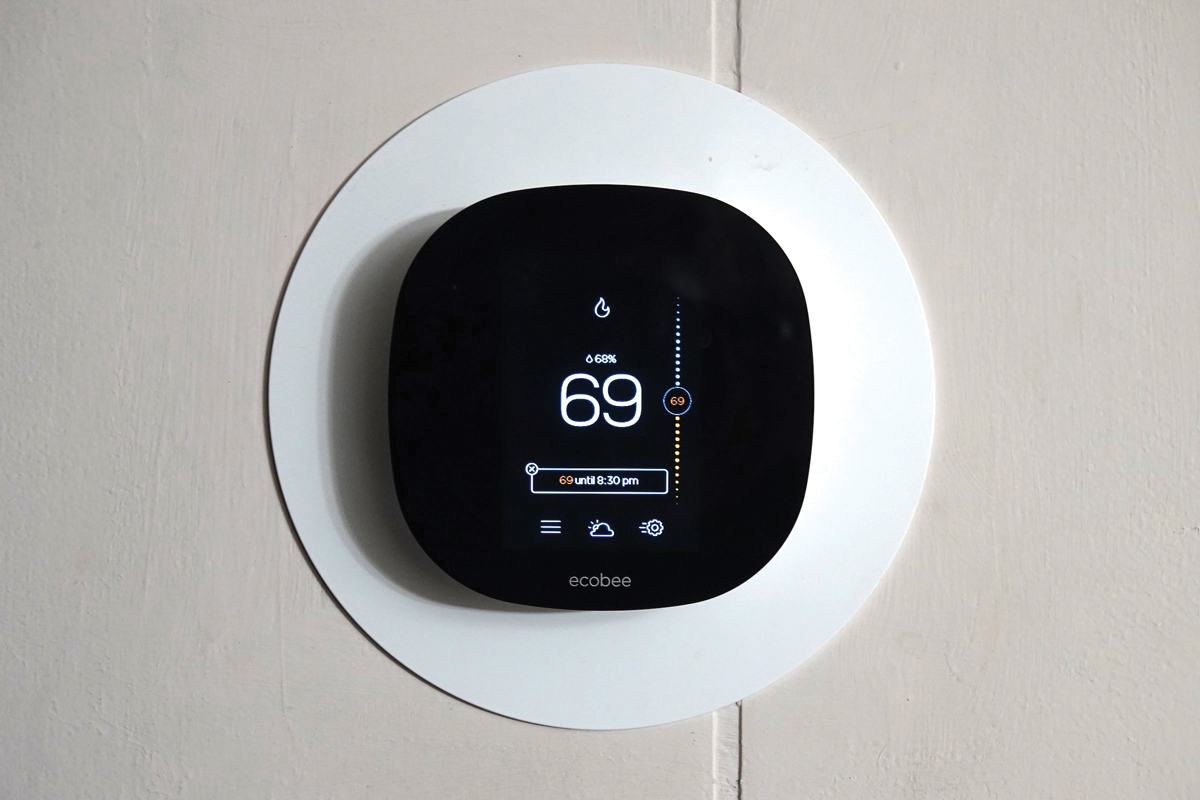AWE-Inspiring: Your Guide to Decarbonization and Electrification
By Marcy Cleveland | Winter 2022 | Clean Power Guide
There’s a buzz in the air surrounding the need for energy efficient homes, renewable energy, and clean technology. And rightfully so, since 32 percent of our carbon emissions come primarily from heating our homes and our hot water using fossil fuels. That’s a huge opportunity to reduce climate change by decarbonizing and electrifying our homes. It’s such a big deal that in the newly passed Inflation Reduction Act (IRA), the government has allocated $9 billion in consumer home energy rebate programs to electrify home appliances and for energy-efficient retrofits. Additionally, there are 10 years of consumer tax credits to make homes energy efficient and run on clean energy, incentivizing heat pumps, rooftop solar, and all things “home electric,” such as water heaters, stoves, and clothes dryers.
Knowing where and how to start a home decarbonization and electrification project may seem overwhelming, but it doesn’t have to be. Instead, think of it as an “AWE”-inspiring experience, which is a simple acronym for assess, weatherize, electrify. If you follow those steps, in that order, you’ll be well on your way to making your home healthier, more comfortable, less costly to operate, and better for our planet!
Let’s look at each step in greater detail.
A = Assess
An energy assessment is an often-overlooked but necessary first step to establish your home’s energy-efficiency baseline. Energy assessors are trained to key into the weakest energy links and advise practical ways to address them. An assessor will measure your insulation levels, determine the “leakiness” of your building envelope, flag health and safety issues, and check your home’s electrical capacity to handle a full electrification. Additionally, the assessor will evaluate your windows and doors, appliances, water fixtures, lighting, and more. Prior to your appointment, write down any issues you may be experiencing. Do specific rooms feel drafty or too cold in winter or too hot in the summer? Are there moisture issues? If you have a prior home inspection report or architectural plans, have those ready for review. Gather one year of utility bills, so the assessor can understand how much energy your home currently uses. After the assessment, which usually takes two to four hours, you’ll receive a report with a summary of findings and next steps.
W = Weatherize
Your priority recommendations will likely be air sealing any holes in your home’s building envelope and adding more insulation. There are basic air sealing tasks you can complete, so ask your assessor about these. Weatherization improvements pay themselves off quickly, so the sooner you do them, the sooner you start saving money and energy. An important note: Heat pumps are designed to work most effectively with homes that are wrapped in a thick blanket of insulation and don’t have any holes to the outside, so skimping on these upgrades can result in adverse outcomes later. Weatherizing sets your home up smartly and safely for the final step. Just do it!
E = Electrify
This is when you add efficient, clean, and smart technology to your home such as heat pumps, solar panels, battery storage, a heat pump hot water heater, magnetic induction stove, electric clothes dryer, EV charging, and smart controls.
The most popular electric option for home heating is heat pumps (air source or geothermal). These provide comfort more efficiently than fossil fuel appliances and are less costly to operate than electric alone. Heat pumps can also provide inexpensive hot water. There are even heat pump clothes dryers available. Electric, magnetic induction stoves provide a more efficient, safer, and healthier option than cooking with gas or propane.
Installing solar panels is an excellent way to offset the increased electrical loads of your newly all-electric home. Adding battery storage provides clean power for outages. The savings you’ll realize from operating a more efficient home and generating your own electricity makes going solar more affordable. Additionally, the IRA prescribes a 30 percent federal tax credit for both solar panels and battery storage. New York also has a state solar tax credit. Many solar installers offer low-interest loans, so be sure to ask. If solar panels aren’t an option, consider enrolling in a community solar program. You’ll often save at least 10 percent off your current electric bill.
Be in AWE of your home! Assess, weatherize, electrify. Three steps toward improving the comfort of your home and reducing your energy usage. Three steps that help lessen the impact of excess carbon emissions from fossil fuels.
Marcy Cleveland is a certified BPI Building Analyst and Building Envelope Professional with her own energy assessment company. She is also a NAR Green Realtor and Earth Advantage Broker specializing in sustainable real estate.
